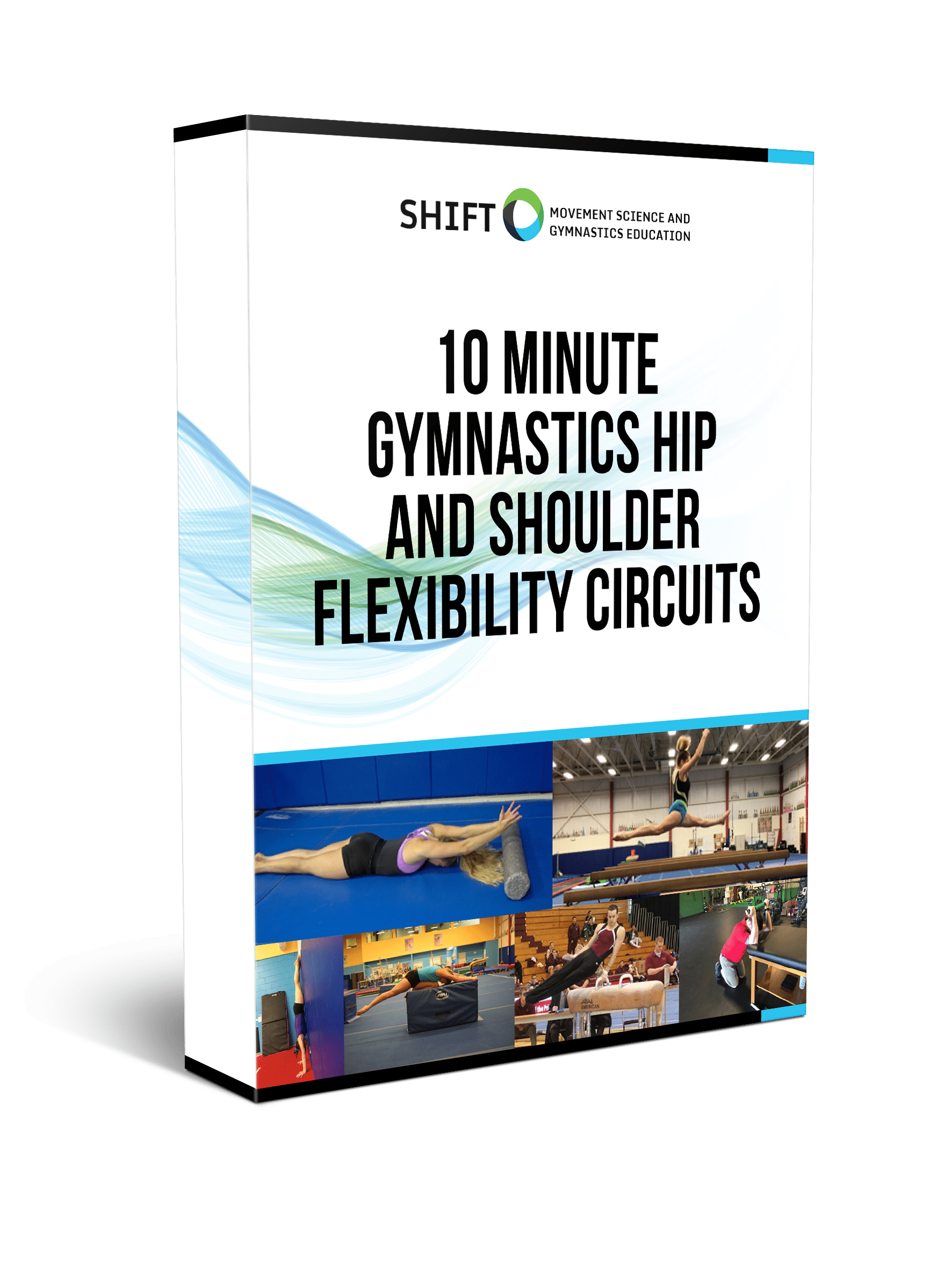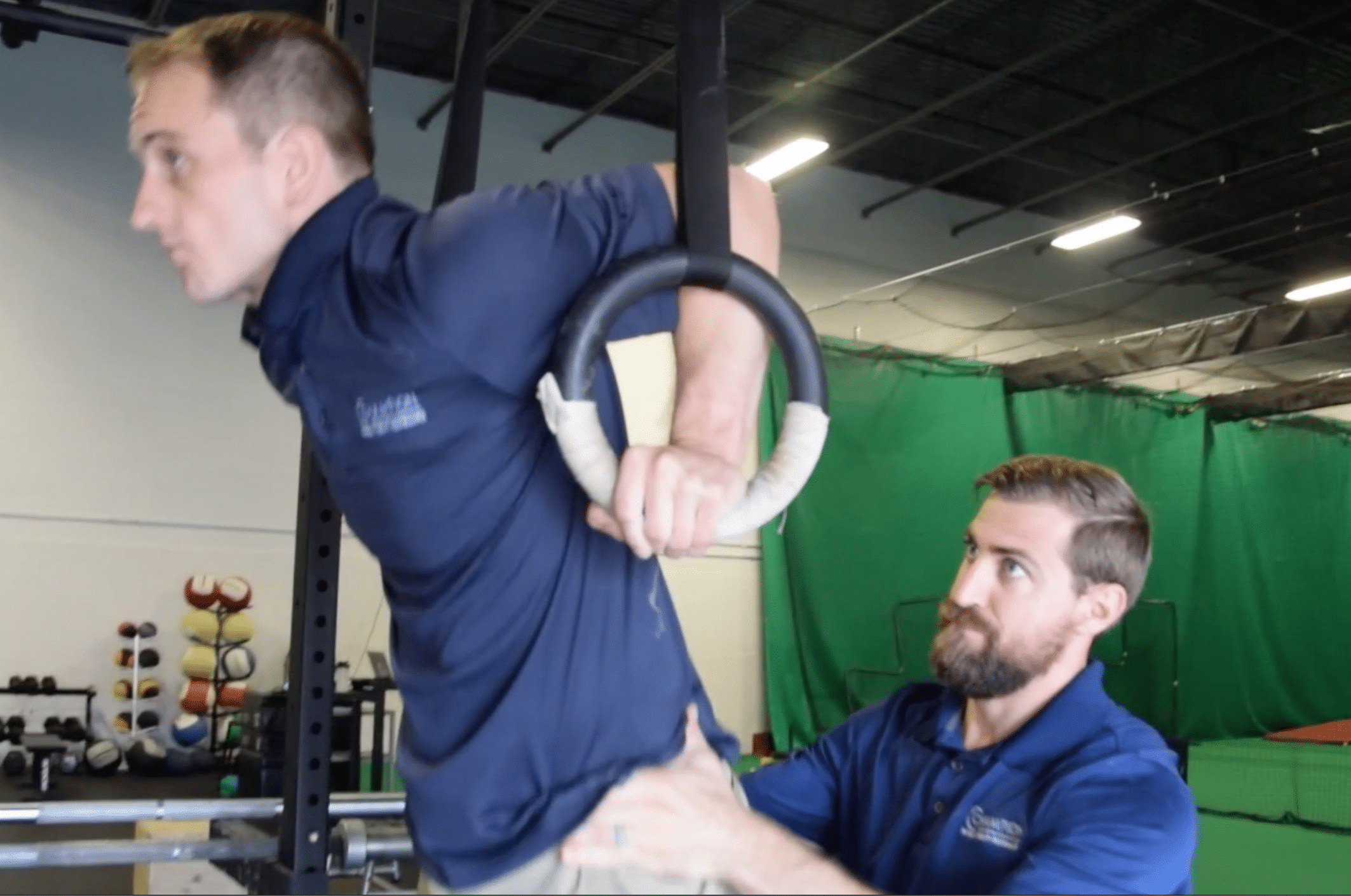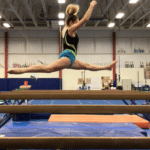Screening Overhead Mobility Update For Coaches and Clinicians
When working with a client, it’s important to assess overhead mobility in positions relevant to their sport or activities. After reading some newer research, learning some techniques from Mike Reinold, and playing around with applications in the clinic, I have greatly changed how I go about this.
Remember, if you are a gymnastics professional who wants to know all my thoughts on shoulder flexibiltiy, download my free “10 Minute Gymnastics Flexibility Circuits” here,
Download My New Free
10 Minute Gymnastics Flexibility Circuits

- 4 full hip and shoulder circuits in PDF
- Front splits, straddle splits, handstands and pommel horse/parallel bar flexibility
- Downloadable checklists to use at practice
- Exercise videos for every drill included
If you are a medical provider who wants to know all my thoughts on gymnastics injuries, you can download my free “Gymnastics Medical Care and Rehabilitation Ebook” here

The Gymnastics Medical Injuries Guide
- Understand the most common injuries in male and female gymnastics, why they occur, and how to prevent them
- Read about the most current science on injuries and rehabilitation in gymnastics
- Get tips on the latest injury risk reduction and rehabilitation practices
We take our privacy seriously and will never share your information. Click here to read our full privacy policy.
I’m now much more thorough using different planes of motions and degrees of shoulder rotation during assessments. More specifically for gymnasts, I have been strict about assessing multiple planes of motion, degrees of rotation, and hand positions. This helps to replicate over grip (back giants), under grip (front giants), hyper internal rotation (eagle grip or inverts) and narrow hand grip (beam for females, one bar or narrow high bar for males).
For coaches, here is an update to some previous articles I have put out on screening overhead mobility. For screening athletes, I like to use the seated back to wall position to reduce the amount of lumbar extension cheat they cheat with. I have them do over grip, under grip, eagle if applicable, and hand over hand grip, comparing the differences in motion.
For clinicians, you can then take an active screen from above or other tests and compare them to similar positions passively on the table. I assess regular scapular plane, a scapula blocked position, more narrow flexion planes, and different internal/external degrees (both for general soft tissue bias and gymnastics specific skills). This same principle can be applied to a lot of other sports depending on their demand. Here is a short example of this.
This is important to pick up on, as many times capsular laxity or soft tissue limitations can show up depending on the varying shoulder positions. By taking this assessment and combining it with subjective reports, boney congruency factors, capsular laxity, and adjacent areas of the body, you can get a really good picture of what their overhead motion is. Depending on what is found and what the client’s goals are, you can apply whatever soft tissue, manual therapy, or exercise selections you like best. Give it a shot, and hope it helps.
– Dave Tilley DPT, SCS




